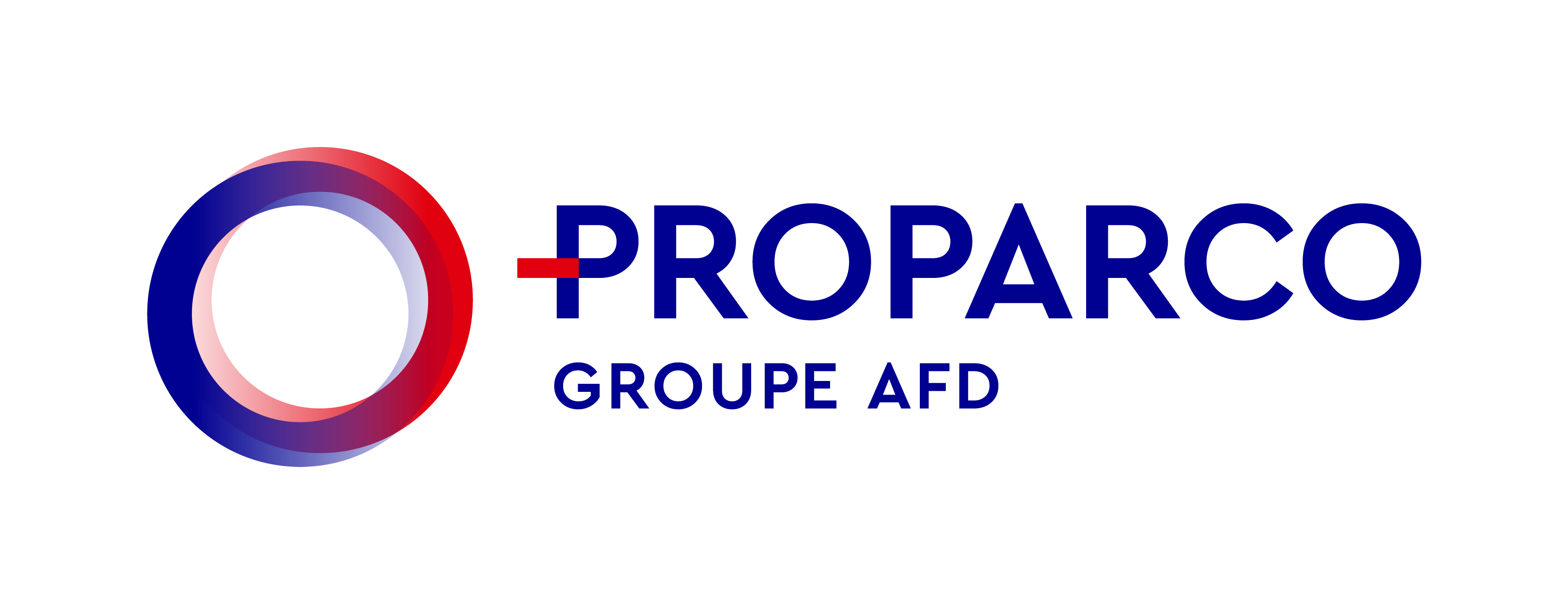Share the page
Addressing critical water shortage in Jordan: a collaborative effort
Published on
Tolga Ergüven GAMA Enerji, CFO & DIWACO Board member DIWACO

Private Sector & Development #42 - Access to water and sanitation: the private sector at the source
This magazine is dedicated to the role of private sector in the access to water and sanitation. A major issue at a time when more than 2.2 billion people worldwide still do not have access to safe drinking water in their homes and 3.5 billion people lack adequate sanitation.
Guided by AFD and Proparco, DIWACO is addressing water scarcity in Jordan. Due to its record, the project is attracting interest from investors and commercial banks – notwithstanding its emerging market and geopolitical risk context. The DFIs’ involvement has been key to the financing and technical, environmental, social, and regulatory aspects of the project.
WHAT EXACTLY IS THE DISI WATER CONVEYANCE PROJECT AND ITS BENEFITS FOR THE POPULATION OF AMMAN, GIVEN THE SEVERE WATER STRESS IN JORDAN?
The Disi Water Conveyance (DIWACO) project seeks to tackle water scarcity in Jordan. It is a Build–Operate–Transfer (BOT) project, designed to extract 100 million m³ of water every year from 55 wells on the Disi Aquifer, located beneath the desert in the south of Jordan. The water is conveyed via pipelines to Amman over a distance of 325 km. With a lifespan of 50 years, the project is a reliable source of potable water for nearly one third of the Jordanian population. It has played a vital role for the country, particularly since the influx of refugees in 2014, which increased the population by 2.7 million.
AS AN INVESTOR, WHAT IS YOUR ASSESSMENT OF THIS FIRST INTERNATIONAL PPP IN THE WATER SECTOR?
The success of DIWACO’s commissioning phase has continued into the operational phase. Close cooperation between the Government, the sponsors and senior lenders has helped to overcome major obstacles and key risks. The project has met the additional demand specified by the Jordanian Ministry of Water and Irrigation and, with a few modifications, it has been delivering in excess of the contractually specified amounts each year since 2021 (115 mcm delivered in 2023). Feasibility studies are underway to increase the sustainable output to 120 mcm per year by 2026.
HOW WOULD YOU ASSESS THE ADDED VALUE AND CONSTRAINTS OF WORKING WITH INTERNATIONAL FINANCIAL BACKERS LIKE AFD GROUP IN THE DIFFERENT PROJECT PHASES?
The project is currently exceeding initial technical expectations, while adhering to best practices recommended by renowned DFIs, AFD and Proparco. Their presence has also facilitated dialogue with the Government, resulting in a better regulatory framework, which has in turn fostered an improved investment climate in the country. Financing solutions for such large-scale infrastructure projects in emerging markets are very limited. The DFIs were key to raising the necessary financing and providing the requisite technical, environmental, social, regulatory and legal assistance, culminating in a successful project.
IS THIS TYPE OF PROJECT LIKELY TO ATTRACT LOCAL AND INTERNATIONAL COMMERCIAL BANKS?
It is common to see many of the infrastructure projects of this scale are exposed to commercial risk, even if they are developed by a top-tier global investor in a country with a sophisticated regulatory and operating environment. As a result, commercial banks are generally reluctant to finance these projects, particularly if they are located in emerging markets and are exposed to extra geopolitical risks. Due to its proven design features and perfect operating track record, the project is attracting interest from a number of investors as well as international and local commercial banks for potential financing. Hence, compared with peer projects, DIWACO is unique in this regard.
WHAT WERE THE MAIN ENVIRONMENTAL AND SOCIAL CHALLENGES OF THE PROJECT, AND HOW ARE THEY BEING MANAGED?
DIWACO needs to ensure the reliability of the system – which spans nearly 400 km across the country – while maintaining a close relationship with locals. DIWACO contributes to the community by fully employing the local residents to maintain the security and for other service related requirements of the pipeline network. As far as the environmental challenges are concerned, the impact analysis was thoroughly conducted during the construction phase with the highest standards in compliance with AFD, Proparco and other IFIs requirements. On an annual basis, such impact analysis is reviewed and necessary actions are taken to protect the natural habitat which may directly and indirectly be impacted by the DIWACO operations.
WHAT HAVE THE TECHNICAL CHALLENGES BEEN IN PUMPING WATER OVER 400 KM IN A MOUNTAINOUS DESERT REGION?
The project was implemented in a highly challenging geographical context, with substantial logistical constraints. The well drillings required an extra skill set, often involving unconventional practices, which resulted in delays. In terms of operations, due to the project’s vast length, it is extremely challenging to monitor components like air vents and washouts across 200 km of desert. Our technical teams, together with our operational and maintenance contractor, liaise with the police, who also monitor the pipeline and respond to incidents when needed. With the additional collaboration of local partners, the downtime is generally marginal.

